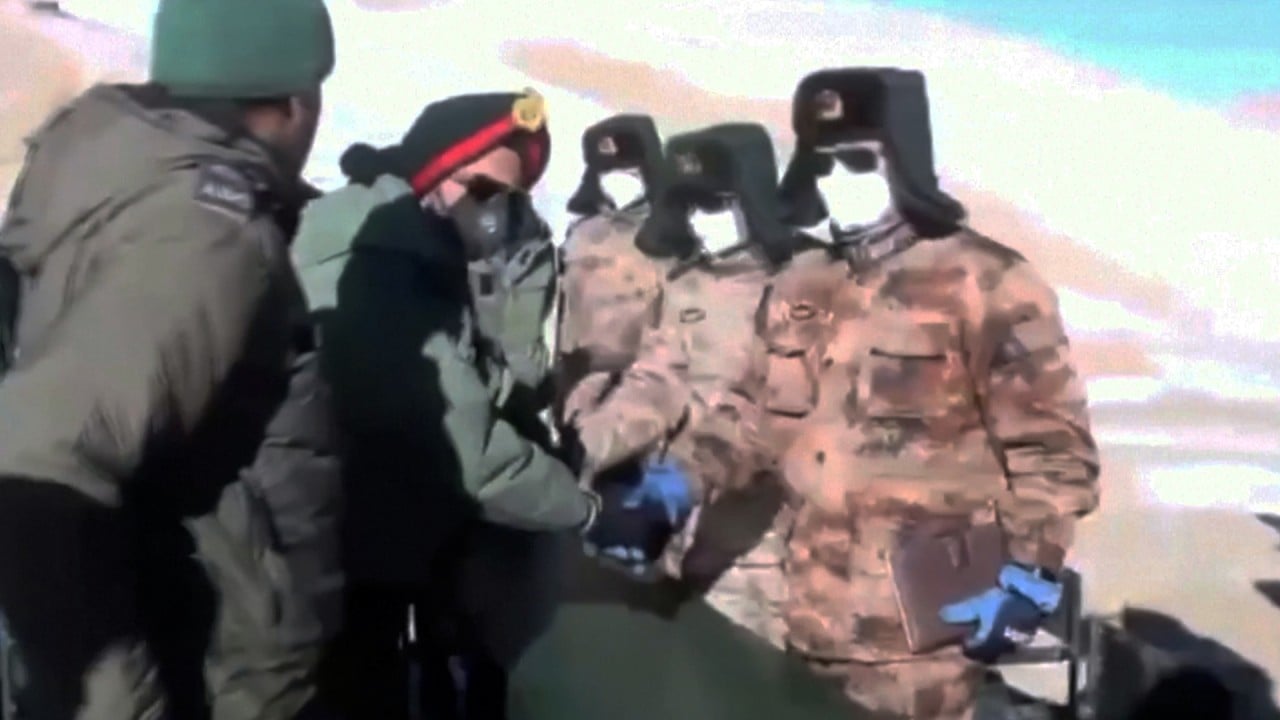China-India border dispute: latest round of talks fail to ease tensions
- Saturday’s negotiations ended without a joint statement on disengagement from the two sides, suggesting that neither was willing to compromise
- Troops pulled back from Pangong Tso earlier this year, but other areas of friction remain along their disputed frontier

The latest negotiations between the two militaries took place at the Mordor/Chushule meeting point on the Indian side on Saturday and, unlike previous rounds of talks, ended without a joint statement playing up the prospect of disengagement.
Chinese diplomatic observers said this is an indication that the latest talks did not make much progress, and both sides appeared unwilling to compromise.
The two sides agreed to disengage their troops around Pangong Tso two months ago, but points of friction remain, including Hot Springs, Gogra and Depsang in eastern Ladakh.
Zhu Yongbiao, a professor of international relations at Lanzhou University, said that the previous rounds of talks had gone smoothly because they mainly discussed formalities, but it got tougher when they started focusing on the details.
